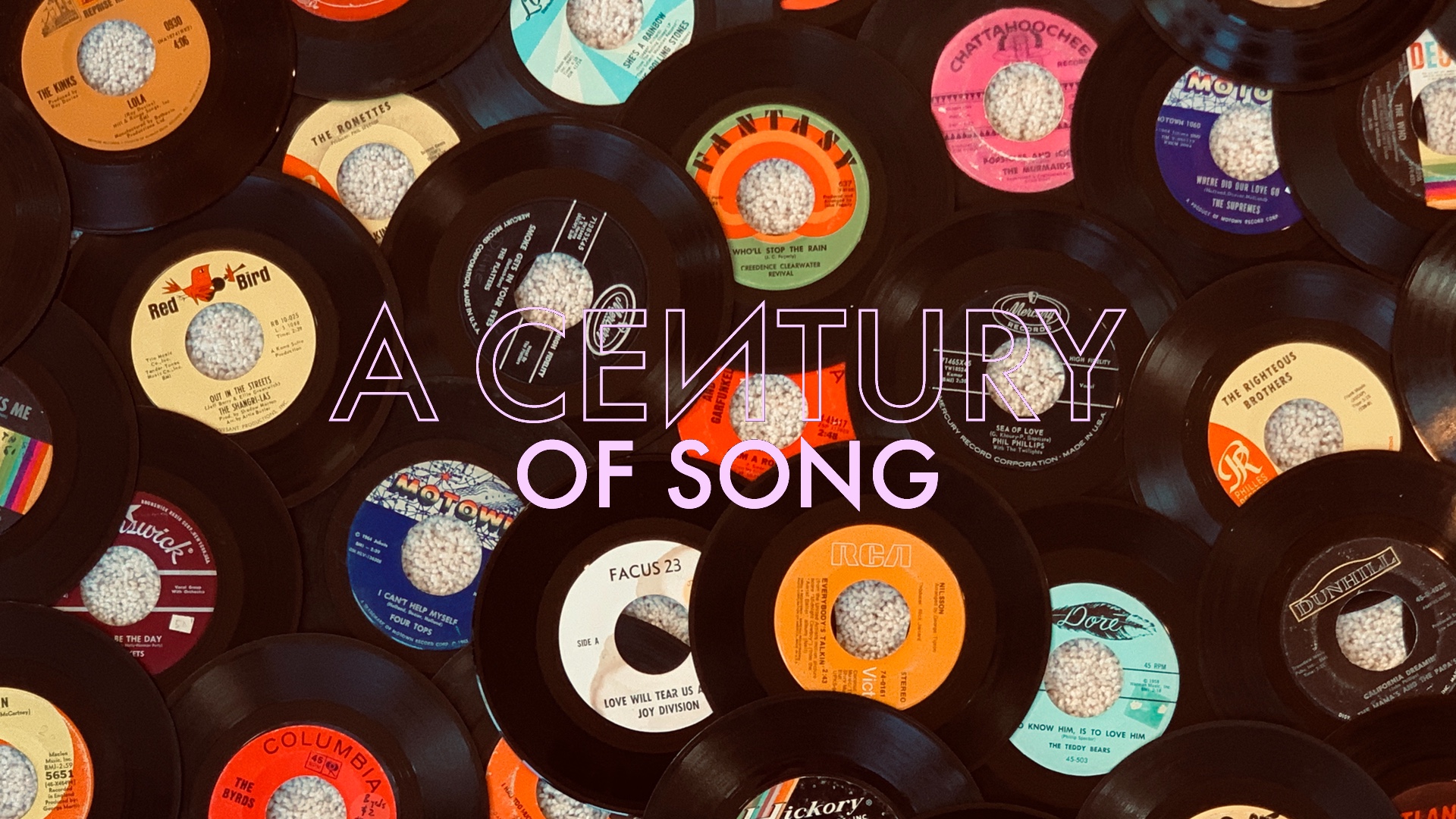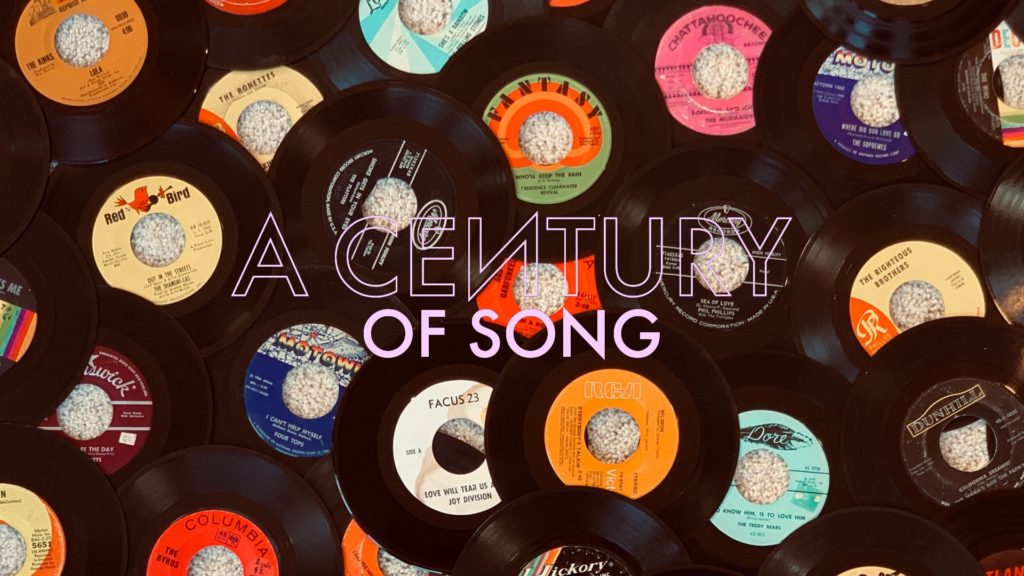
A Century of Song is an attempt to summarize 100 years of popular music through 1000 carefully chosen tracks. Included within this list are landmark singles, stellar album cuts, huge hits, hidden gems, and more than a few personal favorites. Read the introduction for the project here, and enjoy the embedded videos and Spotify playlist.

460
In the rich history of great album-opening lines, few can hold a candle to David Berman’s bold claim that kicks off Silver Jews’ 1998 record, American Water:
“In 1984, I was hospitalized for approaching perfection.”
It’s Berman’s passive drawl that truly sells the line’s irony, but the witticisms that round out “Random Rules” more than confirm his status as the slacker poet laureate.
American Water was Berman’s third album released under the Silver Jews moniker, but the first to feature a post-breakout Stephen Malkmus on guitar. The Pavement frontman added a loosely winding vibe to Berman’s sharpest set of songs – one that helped in casting American Water as an album befitting of its evocative, road-trip-inspiring cover.
That widescreen canvas gave an intriguing musicality to a band that had essentially began as a noise project between a poet and his college friends. American Water would be Berman’s finest artistic statement, and it’s this charming, introspective, sarcastic track that serves as its most inviting point of entry.
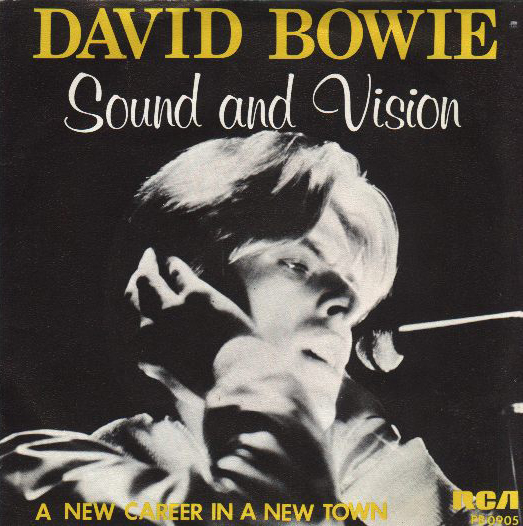
459
There’s a mystique that surrounds David Bowie’s Berlin era – a period in which an artist who had already turned in an impossibly rich decade of work decamped to the famously-divided city as an attempt to detox, and underwent one of the most stunning artistic reinventions of all-time. That reinvention was first displayed with 1977’s staggering triumph, Low – a record that found Bowie teaming up with Brian Eno to arrive at a perfect equilibrium between the latter’s penchant for experimentation and the former’s knack for a sharp pop hook.
The short-hand recap of Low is that the album’s first side is “pop,” and the second is “ambient.” That gives the impression of a traditional/experimental dichotomy that belies the brilliance of the record’s first half. All of Low is deeply experimental, even if Bowie veers toward a more direct manner at the outset. Case in point is the album’s greatest pop moment, “Sound and Vision.”
The most immediately charming of Low‘s vignette-like “song side,” “Sound and Vision” actually spends half of its run-time in a lyric-less instrumental lead-in. When Bowie’s vocals finally arrive, they are punctuated, jagged interjections that offer little in the way of insight, but that provide a decidedly human nature to a rather alien-sounding work. Serving as something of a mid-point between the conventional and unconventional, “Sound and Vision” is a thrilling gateway to Bowie’s most rewarding period.
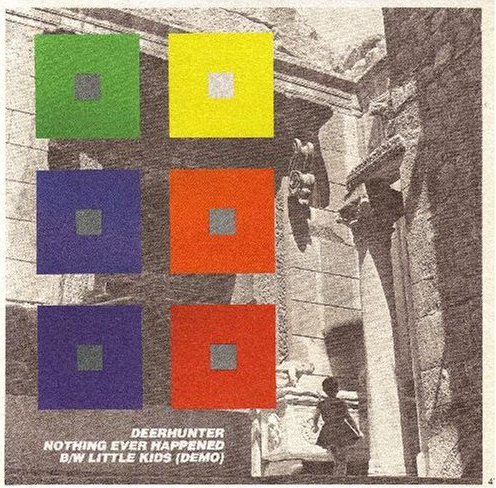
458
With 2007’s Cryptograms, Deerhunter teased a more rock-oriented direction in periodically-fascinating glimpses. 2008’s double-LP, Microcastle / Weird Era Continued made good on that promise on its surprisingly-direct first disc. Though consistently impressive, the album’s first single was undoubtedly its most immediately gripping moment.
“Nothing Ever Happens” draws from a deep well of influences: punk, noise, and Krautrock are the most obvious signifiers. Arriving after a series of low key, ambient tracks, the song appears like a beacon through the fog – energetic, anthemic, and more overtly melodic than anything in the group’s catalog to date.
The song’s tight, lock-step rhythm work allows the guitars of Bradford Cox and Lockett Pundt to meander in its second half without losing any of its momentum. It’s here that the group finds a perfect balance between the experimentation of their earlier work, and the more song-oriented nature of their subsequent albums.
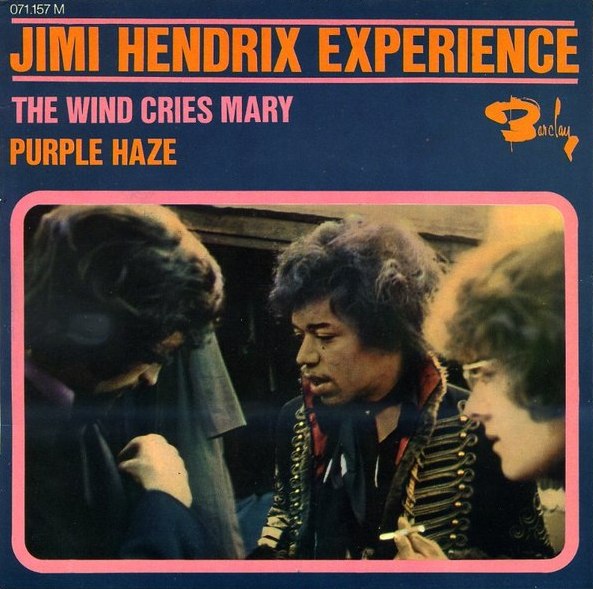
457
Perhaps more than any great artist of the sixties, Jimi Hendrix exploded onto the scene to a chorus of breathless enthusiasm and praise from his contemporaries. Despite the seemingly overnight nature of his success, Hendrix had spent years honing his craft as a touring musician. While 1967’s Are You Experienced was a debut by definition, it was the work of a seasoned craftsman set on making a huge first impression.
“Purple Haze” was Hendrix’s second single – and first that was an original composition – but it was the song that, for many, was their first encounter with his work. The single took off in the UK – where Paul McCartney, among others, sang its praises in the press – and was actually left off of the British pressing of Are You Experienced.
In America, the track would lead off Hendrix’s debut LP. Undoubtedly, many were first exposed to it by enthusiastic friends saying, “You’ve GOT to hear this!” before setting the needle down on an American pressing of Are You Experienced. While a fine song, “Purple Haze” was primarily a vehicle for Hendrix’s other-worldly guitar sounds – far more “out there” than anything that had ever been heard before, and surpassed by little since.
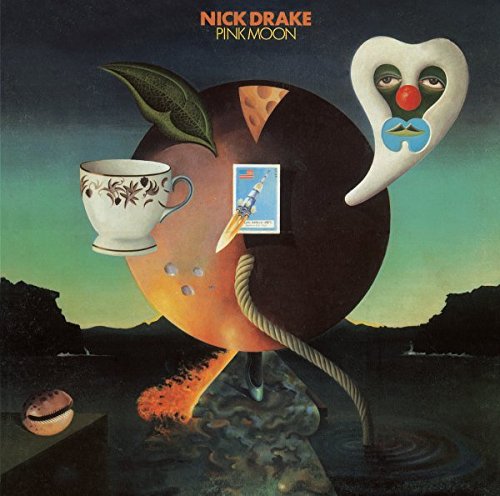
456
Another impressive piece of guitar playing – albeit of an entirely different variety than “Purple Haze” – “Which Will” is one of the clear highlights of Nick Drake’s sparsely haunting swan song, 1972’s Pink Moon.
As a self-described “bad fingerpicker,” I find it incredibly impressive that Drake not only performed this as a single guitar part – it sounds like at least two – while also delivering such an affecting, nuanced vocal take to boot. Drake’s talent as a songwriter is well documented, but “Which Will” introduces another tragic element to his story, in that there is no surviving performance footage from his lifetime.
“Which Will” poses a series of questions, inquiring as to which path its listener will ultimately go down. The popular retelling of Pink Moon – which frames the record as something of an intended farewell note preceding Drake’s death – seems to suggest that Drake had already chosen his path at the time of the song’s recording. If so, that only lends a deeper air of tragedy to a restlessly beautiful song.
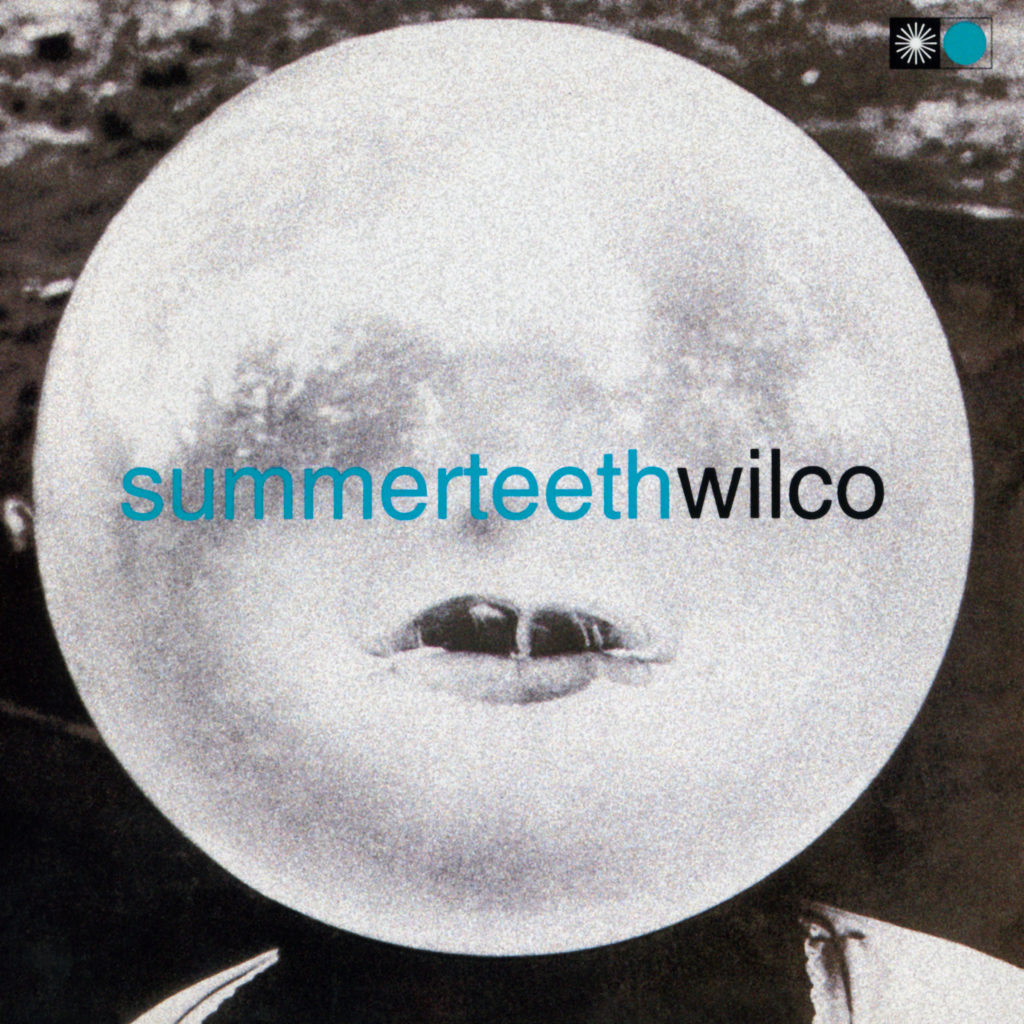
455
I mentioned attention-grabbing opening lines earlier, and there are few that can compare with Jeff Tweedy’s introduction to “Via Chicago.” Offering a stark contrast to the largely bright sounds of 1999’s Summerteeth, the song opens with a shocking couplet:
I dreamed about killing you again last night and it felt alright to me
Dying on the banks of Embarcadero skies I sat and watched you bleed
Even on an album that had already found the generally good-natured Tweedy alluding to domestic violence and heroin addiction, the lines are a stunning change of pace, and the story only descends deeper into depravity as it progresses. Arriving well beyond the halfway point of a career-redefining album, “Via Chicago” serves as further confirmation of a deepening complexity to his art. Summerteeth would find Wilco moving beyond the mostly folksy nature of their first two records – setting Tweedy’s increasingly impressionistic lyrics to lush, baroque-pop soundscapes.
“Via Chicago” is a a jolt. Lyrically, it could be seen as something of a callback to the murder ballads that undoubtedly crossed Tweedy’s path as he came up with the alt-country group, Uncle Tupelo. However, his twisted fantasy also bleeds into the most anarchic music of Wilco’s career to date – moving even further along the folk/noise spectrum than the disc-opening tracks to the band’s 1996 double-album, Being There.
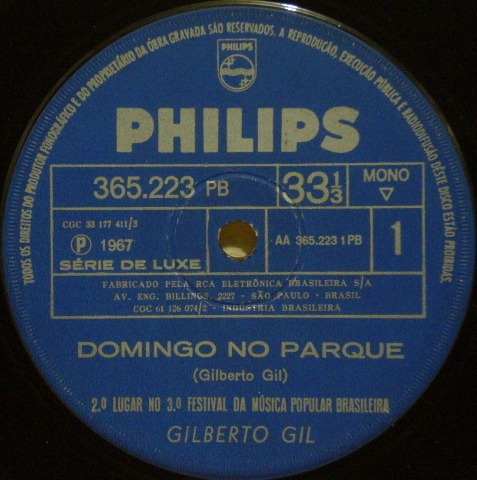
454
In 1967, Gilberto Gil performed a new song, “Domingo no parque,” during a televised performance at the TV Record festival. Festivals tended to cater to two crowds: bossa nova traditionalists and young, left-leaning Brazilians who stood in opposition to the country’s dictatorship. Joined by the rock group Os Mutantes, and an orchestra conducted by the avant-gardist Rogério Duprat, Gil’s appearance would divide the crowd, and usher in a brief-but-thrilling chapter in Brazilian popular culture.
Gil’s performance represented the arrival of the musical wing of the Tropicália movement. While the politics of the Tropicalistas tended to align with the young leftists, their adoption of American and British stylings ruffled feathers on both ends of the political spectrum. So too did their lyrics – generally considered too tame by leftist intellectuals, and too subversive by Brazilian authorities.
“Domingo no parque” is a brilliant encapsulation of Tropicália. Gil’s spirited vocal performance is echoed in equally enthusiastic measure by Mutantes, whose deconstructionist approach to rock produces a fascinating juxtaposition to Duprat’s lush orchestration. The song – a tale of a love triangle turned tragic – builds in intensity before closing with a triumphant, cathartic release.
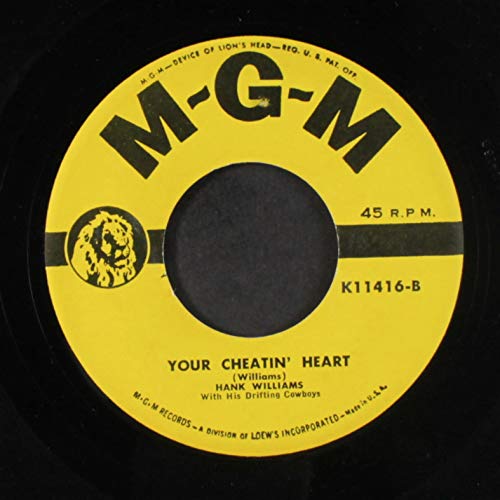
453
Hank Williams was a fascinating figure. Unassuming yet charismatic, deeply devout yet haunted by numerous personal demons, and an everyman who ascended to unimaginable stardom, Williams was the most transcendent talent that country music ever produced. Dead by the age of twenty-nine, Williams would leave an impressive legacy of timeless songs.
Captured to tape in his final recording session – and released just days after his death – “Your Cheatin’ Heart” would become one of Williams’ most iconic songs. Undoubtedly propelled by his death, the single – paired with the compellingly bizarre A-side “Kaw-Liga” – would eventually sell over a million copies.
Inspired by the collapse of his first marriage, “Your Cheatin’ Heart” mixes sorrow, regret, and aching beauty into an irresistible package. Over time, its melodic melancholy has come to epitomize country music for a great many listeners.
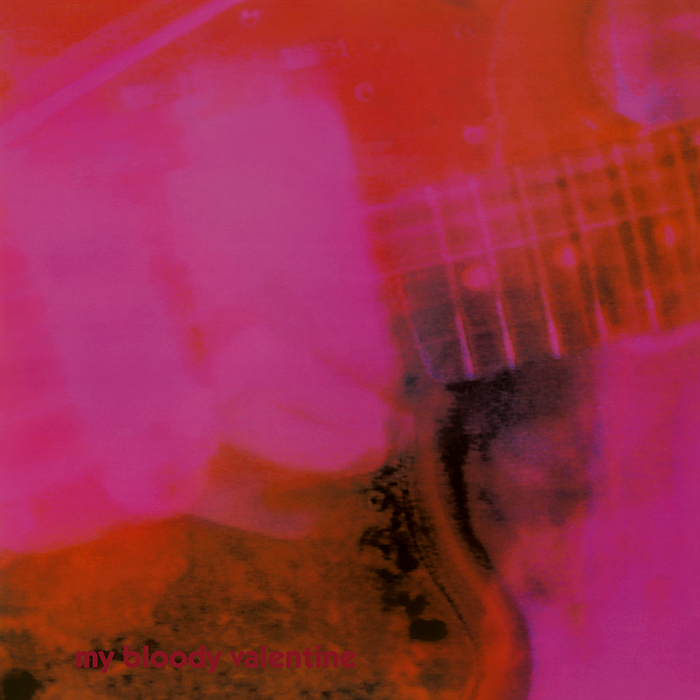
452
The warm center of My Bloody Valentine’s 1991 masterpiece Loveless, “When You Sleep” is the album’s most immediately appealing track, but it was born of the same experimental mindset that defined the rest of landmark record. While just as densely layered and hazy, “When You Sleep” carries a more refined melodic sense than the songs that surround it.
Though the shoegaze sub-genre – of which My Bloody Valentine were central players – was founded on abstraction, there is an undeniable sense of heart to “When You Sleep.” Beneath the song’s discordant exterior lies one of Kevin Shields’ loveliest melodies – one strong enough to cut through the myriad layers of guitar and keyboard that attempt to obscure it.
That cloaked nature of the song’s greatest strength is what makes “When You Sleep” – and the rest of Loveless – a somewhat difficult nut to crack. There’s a certain level of effort involved in decoding Shields’ wall of sound, but when the light hits it right, it’s impossible to deny the beauty within. “When You Sleep” stands as the most accessible entry point to a most intriguing work.
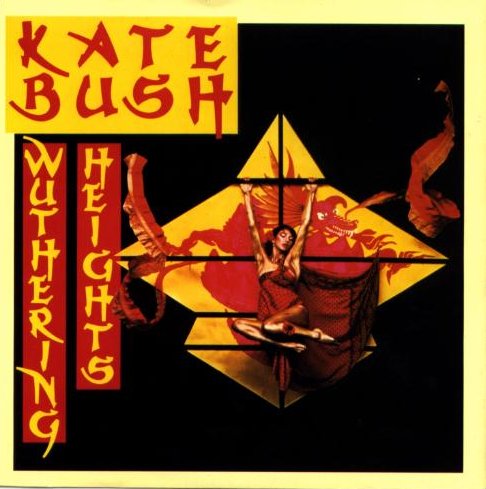
451
Through the help of family friend David Gilmour, Kate Bush secured a recording contract at the age of sixteen. Wisely, EMI practiced rare restraint for a record label, waiting three years before sending the young singer-songwriter out into the cutthroat world of the music business. She would make a stunning first impression with her first single, “Wuthering Heights.”
Loosely inspired by Emily Brontë’s 1847 novel, “Wuthering Heights” was a remarkably assured and idiosyncratic debut. Bush’s unconventional melody and vocal acrobatics were hardly a guaranteed recipe for success, but her captivating performance, a compelling sense of drama, and the song’s undeniable craftsmanship would send “Wuthering Heights” to the top of the British singles charts.
“Wuthering Heights” would soon feature as the centerpiece to Bush’s debut LP, The Kick Inside. A hit with both critics and the record-buying public, the album would inaugurate one of the most restlessly creative careers in modern pop music, but despite the triumphs that would follow, for many listeners, Kate Bush would never improve upon this breathtaking debut.
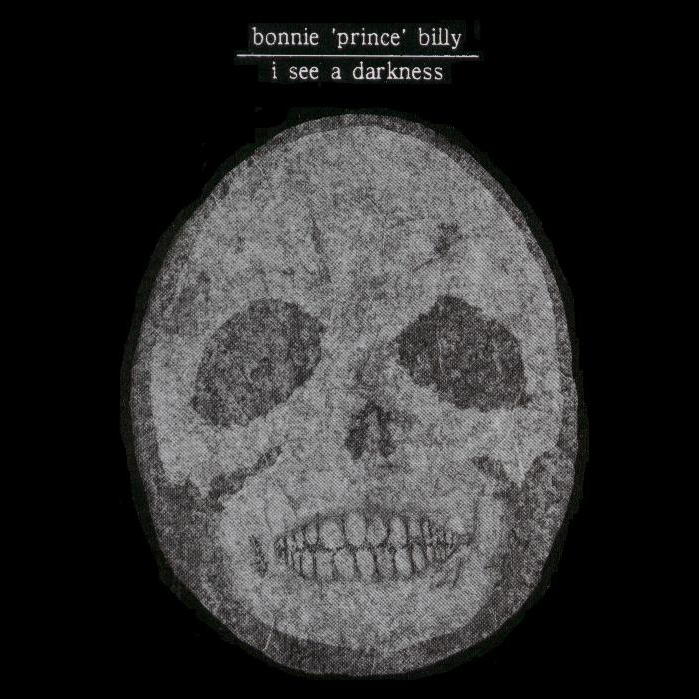
450
Will Oldham had already spent a decade on the indie folk scene with his various “Palace” projects, but 1999’s I See a Darkness represented something of a reset, as his debut under the Bonnie “Prince” Billy moniker. While not a wholesale redesign of Oldham’s sound, the album found him taking a turn in a strikingly morose direction.
The album’s centerpiece and title track, “I See a Darkness” is a haunting mediation on depression – specifically the communicative distance that it brings. Beginning with a whisper – and a skeletal arrangement befitting of the album’s cover – the song builds to a measured, but undeniably powerful crescendo in its final chorus.
As a songwriter’s songwriter, Oldham has received the most telling of appreciation by other artists, in the form of numerous covers of his signature song. It’s doubtful that any was more meaningful than that of Johnny Cash, who turned in a particularly inspired version on the third installment of his American series. Though Cash’s take added an aged poignancy and gravity to the track, Oldham’s original remains unsurpassed.
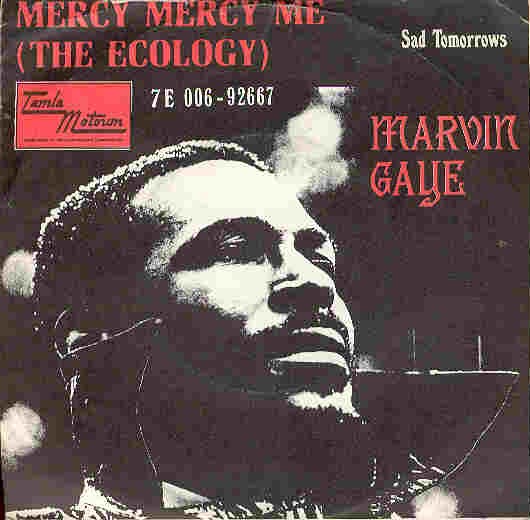
449
Rachel Carson’s 1962 exposé, Silent Spring, famously served as the catalyst for the modern-day environmental movement. Despite widespread efforts from the chemical industry to discredit both Carson and her research, Americans were awakened to the harmful effects of pesticides – forcing even conservative politicians like Richard Nixon to take a more environmentally-friendly stance due to mounting public pressure.
By the early seventies, environmentalism had gone mainstream with the founding of the EPA and the first observance of Earth Day in 1970. If conservation wasn’t already sexy, Marvin Gaye sure as hell made it sound that way on this highlight from his 1971 masterwork, What’s Going On. “Mercy Mercy Me” adopts the album’s lush orchestration and Gaye’s peerless croon into a heartfelt and moving plea for environmental stewardship.
What’s Going On was Gaye’s State of the Union address – an attempt to offer his perspective on the most compelling issues of the day. While it may initially sound out of place next to the record’s ruminations on Vietnam, urban decay, police brutality, and spiritual emptiness, “Mercy Mercy Me” finds Gaye sounding every bit as urgent.
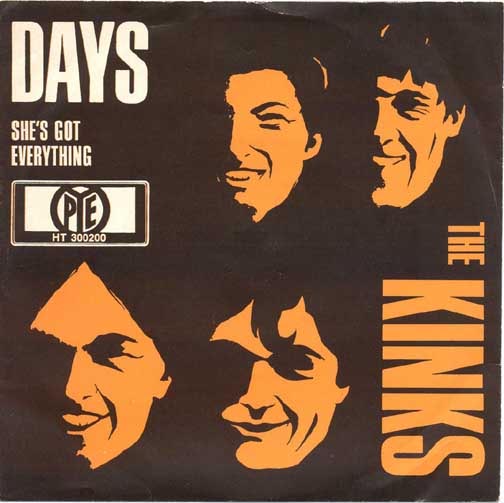
448
My first piece for this site – from what now feels like ages ago – was a review of the 1968 classic The Kinks Are the Village Green Preservation Society. In it, I made the argument that, unlike many of the great records of its time, Village Green lacked that one, iconic single to serve as an ambassador. Recorded during the same sessions, “Days” could have been that track.
One of Ray Davies’ most sincere songs, “Days” trades in the same kind of dewy-eyed nostalgia that flows throughout Village Green, but with little-to-none of the smirking irony that Davies’ had made his signature. However, despite its sweetly sentimental exterior is a melancholy undercurrent that makes it every bit as nuanced as Davies’ greatest compositions.
That valedictory nature gives “Days” the feeling of an elegy. It would, after all, come toward the end of the famously volatile band’s uninterrupted run of artistic triumphs. They had a few more classics left in them, but The Kinks would soon see the departure of original members, increased fighting between the Davies brothers, and a long run of albums that would collapse under the weight of pretentious concepts. Ultimately, “Days” represented a bittersweet beginning of the end for one of the greatest bands of their time.
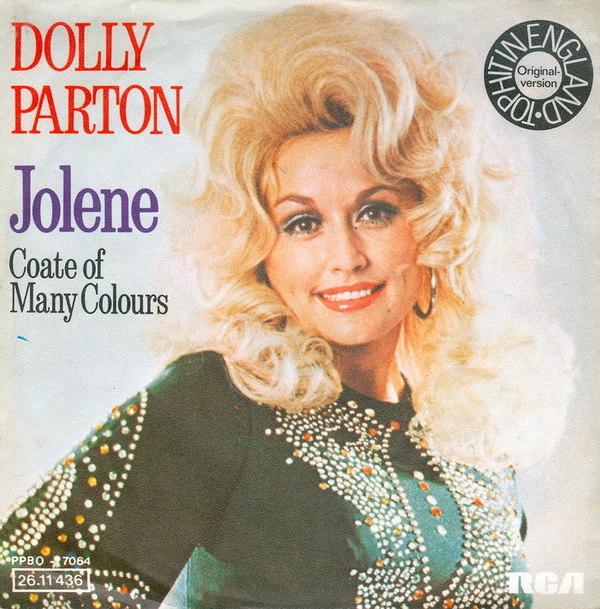
447
A massive hit on the country charts that also brought Dolly Parton significant crossover success in both America and Britain, “Jolene” stands as her signature recording. The song would also serve as the title track to the album that would finally establish Parton as one of country music’s most durable and recognizable stars.
“Jolene” weaves a tale of jealousy and insecurity into a track that is simultaneously vivid and compact. Its lyrical economy is a testament to Parton’s underrated songwriting, and its detail is enhanced by a stirring lead vocal performance – supported by striking backing harmonies.
Wisely, “Jolene” avoids the classic country “sad songs and waltzes” trope, as it breezes by at a sprightly pace (though it holds up quite well when taken down a notch). This jaunty tempo allows for impressive instrumental interplay among some of Nashville’s finest session players.
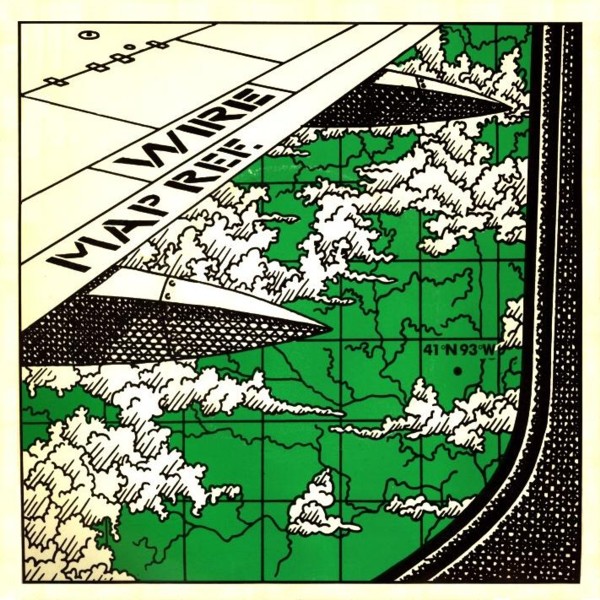
446
Like their American contemporaries Talking Heads, Wire were art school kids who ultimately found a home in punk rock. Similarly, Wire’s cerebral approach to artistic expression would push the London group beyond the rigidly limited constraints of punk, into directions that were far more varied and nuanced than most of their peers.
While it dons a somewhat unwieldy title, “‘Map Ref. 41°N 93°W” is the group’s most immediately “pop” moment on record. Bursting out of the gates with a rich, muscular sound much cleaner than anything on their 1977 landmark Pink Flag, “Map Ref.” surges with propulsive momentum, while featuring Wire’s most anthemic chorus to date.
That refrain first arrives just after Colin Newman’s dismissively-spoken ad-lib, “chorus” – almost as if he were embarrassed to take part in singing such a conventionally appealing melody. By this point, punk had shown that it could sneer, snarl, and scoff. However, the group vocals that Newman and his bandmates employed on their greatest hook showed that punk could also soar – even perhaps over a nondescript field in Iowa.
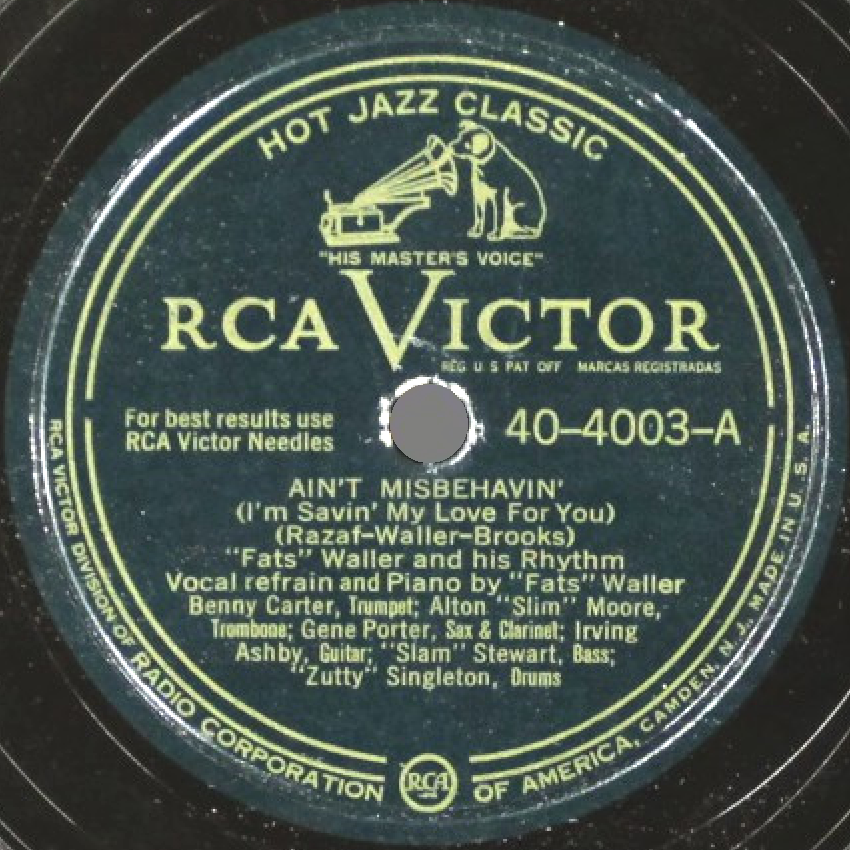
445
Thomas “Fats” Waller was an early master of the stride piano – a highly dexterous style that often found pianists competing against each other in what were known as “cutting contests.” In addition to his instrumental prowess, Waller was also a skilled songwriter. He penned a number of tracks that would become jazz standards, and none more memorable than “Ain’t Misbehavin’.”
Originally written for the Broadway comedy Connie’s Hot Chocolates, Waller first recorded his signature song in 1929. That instrumental recording provides ample evidence of his musical skill and compositional grace, but it’s the 1947 revisitation that shows the full range of Waller’s talents. Featuring lyrics written by Andy Razaf, this later recording also demonstrates Waller’s charmingly sly vocal work.
Another wonderful feature of the 1947 version of “Ain’t Misbehavin’” is the appearance of the small combo known as Waller’s “Rhythm.” After a pair of verses, the ricocheting drums of “Zutty” Singleton introduce a wildly careening instrumental break, before settling into the swinging return of a final verse.
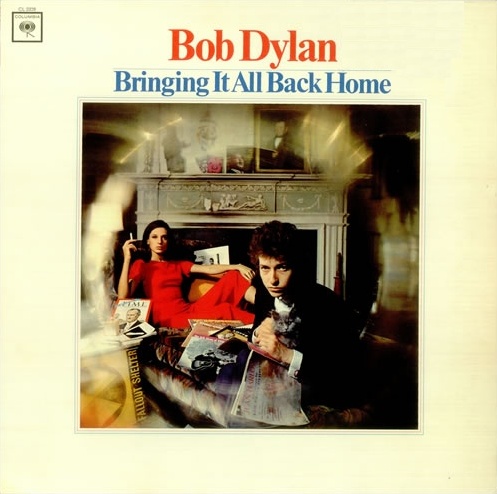
444
Bob Dylan could be harsh. Whether it was a product of the intense scrutiny that he faced as an unwilling “voice of a generation,” the expectations hoisted upon him by an adoring fan base, or just a deeply ingrained character trait, Dylan’s quick wit was often deployed as a weapon against his critics, the press, and his contemporaries. This side of his personality is one of many displayed on D.A. Pennebaker’s 1967 documentary, Don’t Look Back.
Perhaps the most notorious scene in Don’t Look Back involves a meet up between Dylan and Donovan – then a young folk upstart who was attracting endless “New Dylan” comparisons in the UK press. Surrounded by a room of onlookers, Donovan plays “To Sing for You” – a sweetly melodic, if somewhat inconsequential, song from his most recent LP.
What happens next is a mix of reality and clever editing. Donovan appears reluctant to hand the guitar over to Dylan, but can be faintly heard saying (perhaps requesting) “Baby Blue” – a track from Dylan’s recently-released Bringing It All Back Home. As Dylan winds through some of the most expressive wordplay in his catalog, the camera points to a somewhat-startled looking Donovan, appearing nervous as he puffs a cigarette. Symbolically, the camera remains fixed upon Donovan as Dylan unleashes what could be interpreted as the kill shot:
The vagabond who’s rapping at your door
Is standing in the clothes that you once wore
Strike another match, go start anew
And it’s all over now, Baby Blue.
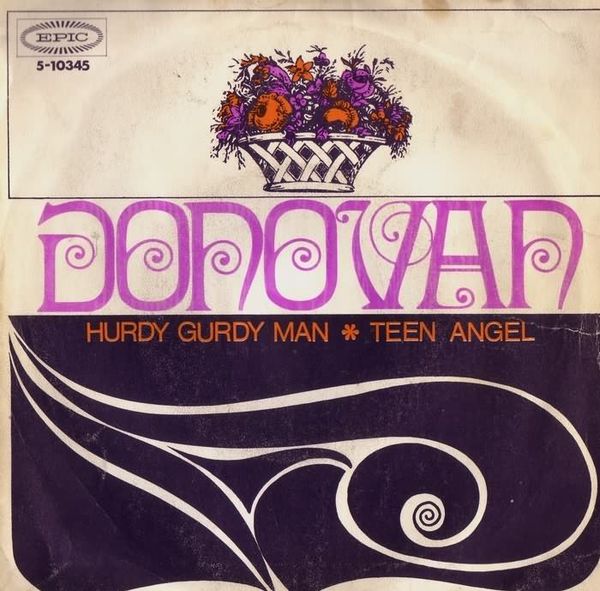
443
…However, to dismiss Donovan as a mere Dylan follower does a significant disservice to his considerable talents. Shortly after their infamous encounter in Don’t Look Back, Donovan began to find his own voice as a songwriter. By the end of 1965, he was dabbling in psychedelia, and would soon begin releasing some of the most forward-thinking pop singles of the mid-sixties.
One of his finest tracks, “Hurdy Gurdy Man” finds Donovan at his most deliberately trippy, but retaining the penchant for poeticism that he had displayed since his teens. Written while on holiday with The Beatles in Rishikesh, India, the song reflects Donovan’s growing interest in Transcendental Meditation and the teachings of Maharishi Mahesh Yogi.
Designed to disorient, “Hurdy Gurdy Man” utilizes vocal effects, Indian instrumentation, and copious distortion to achieve its goals. The personnel involved in the recording remains a subject of much debate, but the song features at least two future members of Led Zeppelin, Jimmy Page and John Paul Jones – rumors suggest that John Bonham may also have played drums on the track.
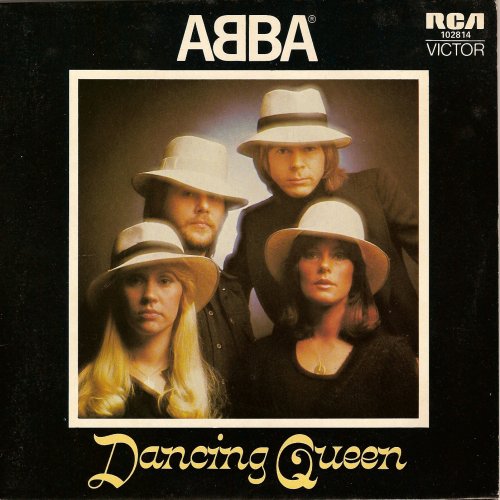
442
I understand the concept of a guilty pleasure, but sometimes you just have to acknowledge the greatness of something that doesn’t exactly fit into your strictly defined parameters of acceptability. For years, disco was seen by many as the nadir of popular music – though much of the contemporary and lingering backlash against it was cloaked in racist and homophobic undercurrents from so-called “Middle America.”
Despite the often-vapid exterior, disco production drew upon the beat-oriented approach of funk, and it takes little effort to draw a straight line from disco, through hip-hop, and onto contemporary recordings from a variety of genres. As a bonus, every once in a while, the glossy, shimmering production managed to be a vehicle for a fantastic pop song.
Okay, that’s two paragraphs of context that lead into a much-too-late admission that I think “Dancing Queen” is a remarkable track. Sure, it’s undoubtedly cheesy, but man, isn’t that hook something? I never want to get too hung up on chart placement in these write-ups, but it’s worth noting that this song sold a billion copies (not really) and hit #1 in more countries than it didn’t (or not…) because of course it did. You like it too, even if you’re too cool to admit it.
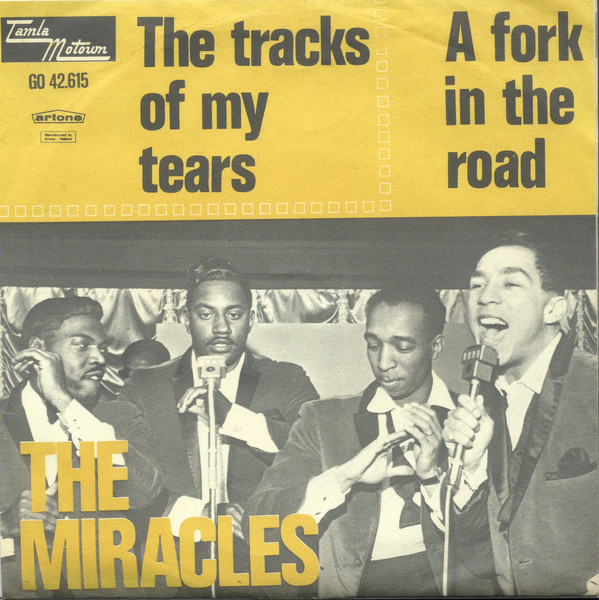
441
One of Motown’s greatest singles, “The Tracks of My Tears” is a masterful piece of songwriting from Smokey Robinson and his bandmates, Marv Tarplin and Pete Moore. Showing that R&B hits could move beyond the simple sentiments of recent years, “Tracks” ushered Motown toward a more sophisticated direction that mirrored the increasingly cerebral approach of rock and soul music.
The Miracles had been around for a decade by the arrival of “The Tracks of My Tears” – becoming Motown’s first act to achieve widespread success with hits like “Shop Around” and “You’ve Really Got a Hold on Me.” However, it was this single that would both usher in the most rewarding era of their career, and make Smokey Robinson the group’s focal point.
Robinson’s increased star power would eventually make his departure from The Miracles inevitable. In the early seventies, he would leave to pursue a solo career. Though Robinson would continue to achieve success on his own, he would never again match the brilliance of this achingly bittersweet song.


